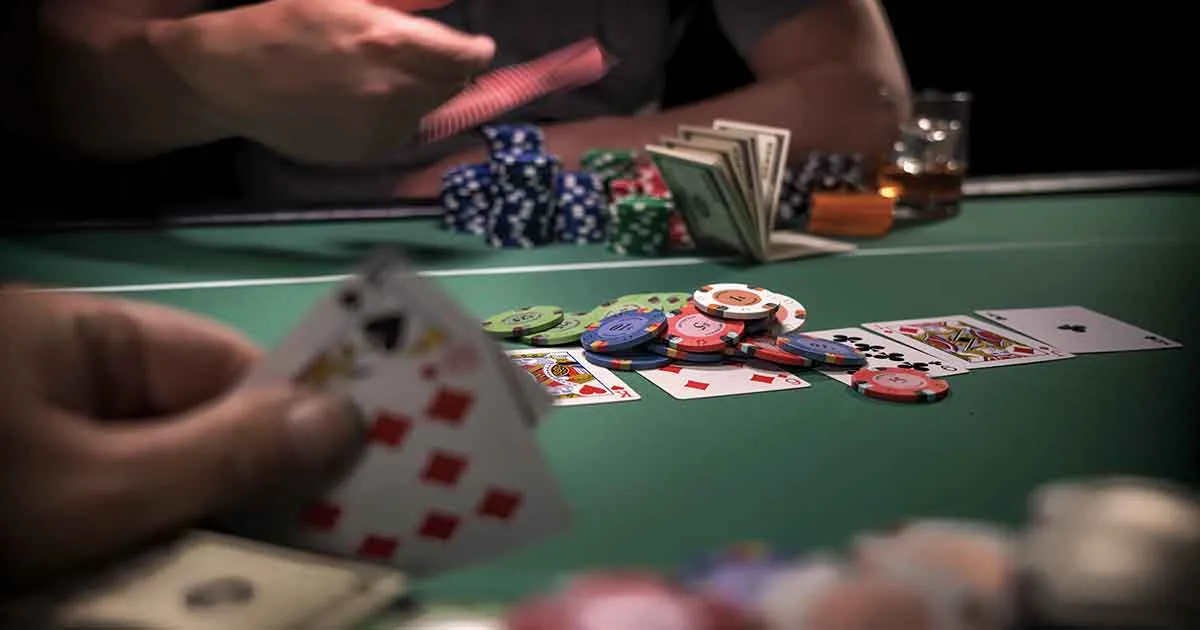The Art of Reading Poker Tells – A Beginner’s Guide to Knowing When to Fold
Spotting tells can be an invaluable poker skill, yet overrelying solely on them can be dangerous. Experienced opponents may use reverse tells to deceive you. By observing players’ behavior in diverse settings and considering their cultural backgrounds, your tell-reading abilities can improve significantly.
Keep a keen eye out for players’ baseline behaviors and betting patterns to detect any sudden shifts that might indicate they’re trying to bluff or have strong hands. Observe players to spot changes that may signal they have something they should play or may indicate an attempt at deception or have strong cards in hand.
Identifying tells
Reading poker tells is an invaluable skill that can give players an edge at the table, but it requires practice to develop observational abilities necessary for reading tells. Furthermore, as pointed out by this acclaimed book author, sound poker strategy should always come first; tells should only ever be relied upon when making marginal decisions.
To identify tells, pay close attention to player behavior for patterns and consistency. Facial expressions, hand movements and betting patterns may all provide tells about strength or weakness; however not all indicators of player strength or weakness are valid; some can even be false (trembling hands may not indicate strength but just be nerves). To avoid being misled by false tells and avoid being mislead into altering their behaviour in an effort to deceive you; observe players subtly without alerting them about your scrutiny so as not altering their behaviour to deceive you further; additionally this book teaches how to spot false indicators as well.
Identifying false tells
Learning to read tells can add an exciting dimension to your poker game, but it is essential to remember that they may not always work perfectly. Experienced poker players know how to give off false tells that can mislead even the most observant player.
Tells should always be evaluated in context with other elements such as betting patterns and table talk. Furthermore, it would be prudent to refrain from solely relying on tells as this could lead to misinterpretations and costly mistakes.
Physical cues such as facial expressions and hand movements are typically reliable indicators. A player’s body language can reveal much about their confidence levels; small details like pupil dilation can signal that they possess a powerful hand. But keep in mind that certain players can hide their emotions at the poker table, suppressing excitement when necessary or adopting nervous disposition.
Identifying weak hands
An effective approach for reading poker tells is observing your opponents over time and creating a baseline of their behavior, in order to understand their typical responses in various situations. Pay attention to their facial expressions, posture and hand movements so you can better make judgment calls in future rounds of play. Consider things such as facial expressions, posture and hand movements in response to various situations – for instance if someone suddenly gets nervous and fidgety it could indicate they hold strong cards or may be bluffing.
Reluctant opponents to touch their chips is another useful tell, often signaling weakness and giving a good reason to call. Unfortunately, however, this indicator may not always work; some players can fake this behavior to throw off more astute observers.
Look out for signs of faked weakness or strength as an integral part of reading poker players and can save you a great deal of money. For instance, when an opponent folds an incredible hand only to act like it was an impossible choice later on, that indicates they likely possessing a strong hand that they need to protect.
Identifying strong hands
Reading poker tells requires both acute observation and psychological insight. Furthermore, it takes into account how experienced opponents may disguise their behavior or use reverse tells. Therefore, tell-reading must be combined with sound strategic decisions based on hand strength and position.
Recognizing poker tells involves closely observing your opponents’ facial expressions, body postures, physical gestures and verbal statements to decipher their emotional state and determine whether they have strong or weak hands. A player who avoids eye contact while betting may be nervous or bluffing; such signs could give away how good or weak their hand might be.
Culture plays an integral part of any game and may impact poker tells. What one culture interprets as confidence or weakness could mean something entirely different in another culture – this can be particularly noticeable on international games or platforms that draw players from diverse backgrounds. Gaining knowledge about cultural variations in poker tells can help improve your ability to understand subtle clues from other players.




